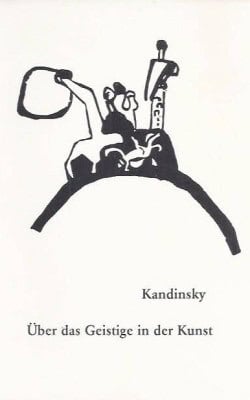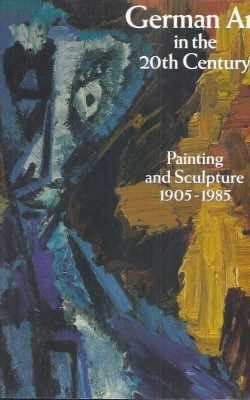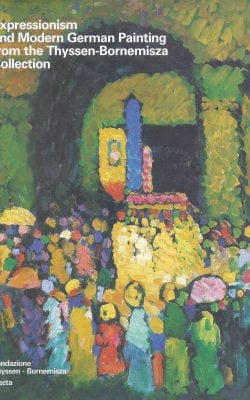- Top kwaliteit tweedehands boeken
- Gratis verzending vanaf €30
- Veilig betalen met iDeal of Paypal
| Staat | |
|---|---|
| Titel | |
| Schrijver(s) | |
| Uitgever | |
| Publicatiedatum | |
| Aantal bladzijden | |
| Genre | |
| EAN |
When someone mentions the Roaring Twenties, it conjures up the Jazz Age, flappers, Prohibition, the Charleston, gangsters, The Great Gatsby, Mary Pickford, and F. Scott Fitzgerald. Designers and architects also remember the 20‘s for the Chrysler Building, the luxury liner Normandie, and the interior of Radio City Music Hall. All outstanding examples of the decorative arts style called Art Deco. To many designers of jewelry, furniture, clothes, fabrics, and ceramics, Art Deco of the 20‘s with its geometric motifs and bright, bold colors represents the best and purest forms of that decorative art period. Art Deco, a classical, symmetrical, rectilinear style that reached its high point between 1925-1935. Drew its inspiration from such serious art movements as Cubism, Futurism, and the influence of the Bauhaus. In Paris, it was a dominant art form of the 1920-1930 period. Of all the artists pursuing the style „Arts Decoratifs“, one of the most memorable was Tamara de Lempicka
Now known as Tamara de Lempicka, the refugee studied art and worked day and night. She became a well-known portrait painter with a distinctive Art Deco manner. Quintessentialy French, Deco was the part of an exotic, sexy, and glamorous Paris that epitomized Tamara‘s living and painting style. Between the wars, she painted portraits of writers, entertainers, artists, scientists, industrialists, and many of Eastern Europe‘s exiled nobility. Her daughter, Kizette de Lempica-Foxhall wrote in her biograpy of Tamara De Lempica Passion By Design, „She painted them all, the rich, the successful, the renowned, the best. The work brought her critical acclaim, social celebrity and considerable wealth.
At the threat of a second World War, she left Paris for America. She went to Hollywood, to become the „Favorite Artist of the Hollywood Stars“. She and her second husband, Baron Raoul Kuffner, one of her earliest and wealthiest patrons, moved into American film director King Vidor‘s former house in Beverly Hills. The Baron and Tamara moved to New York City in 1943, to a stunning apartment at 322 East 57th Street. Here, two-story north light studio she continued painting in the old style for another year or two. Tamara decorated the apartment with the antiques she and the Baron had rescued from his Hungarian estate.
When the war was over, she reopened her famous Paris studio in the rue Mechain, redecorated in rococo style. Friends then asked her to decorate apartments in New York City with her individual touch. After the Baron‘s death in 1962, she moved to Houston to be near her daughter Kizette. She began painting with a palette knife, much in vogue at the time. The Iolas Gallery in New York exhibited her newest and latest paintings in 1962, but the critics were indifferent, there were not many buyers, and she swore to herself that she would never exhibit again. The advent of Abstract Expressionism and her advancing age halted her career in the 1950‘s and 1960‘s. Somewhat forgotten, her work ignored, she continued to paint, storing her canvases, new and old, in an attic and a warehouse.
In 1966, the Musee des Arts Decoratifs mounted a commemorative exhibition in Paris called „Les Annees ‚25“. Its success created the first serious interest in Art Deco. This inspired a young man named Alain Blondel to open the Galerie du Luxembourg and launch a major retrospective of Tamara de Lempicka. It was a revelation in the art world and was to have been followed by an exhibition at the Knoedler Gallery in New York City. But Tamara, ever imperious, made too many demands on how the exhibit was to be mounted, and the curator at Knoedler walked away. Gradually, as Art Deco and figurative painting came into favor again, she was rediscovered by the art world.
€6.95
1 op voorraad
Bekijk ook deze eens




